Fibre Jointing Pads – Industrial Sealing & Insulation

Betaflex Pads
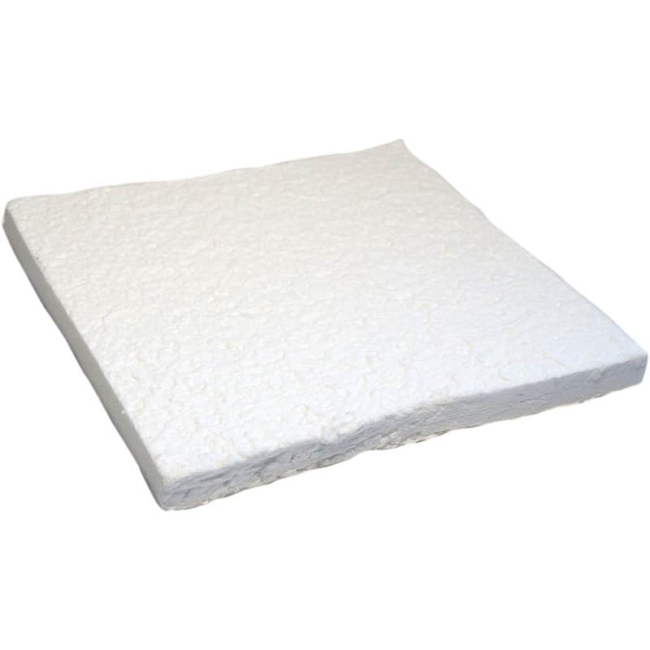
Ceramic Fibre Pads
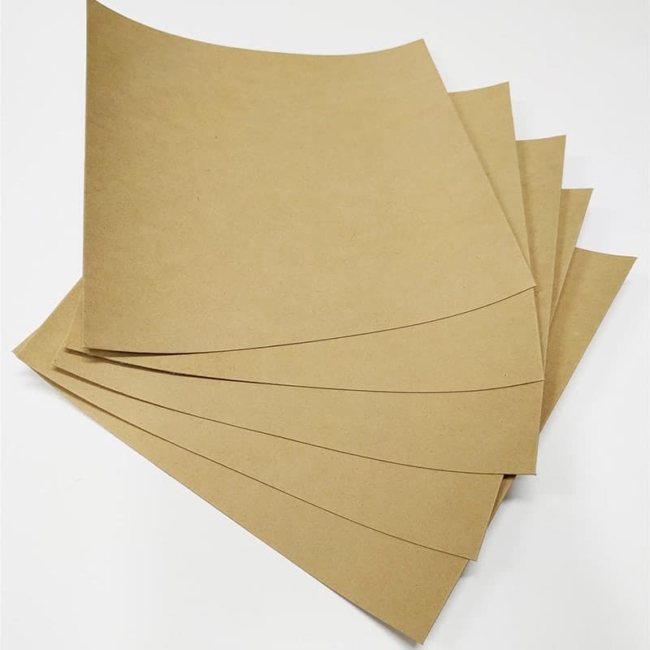
Gasket Paper Pads

Graphite Foil Pads
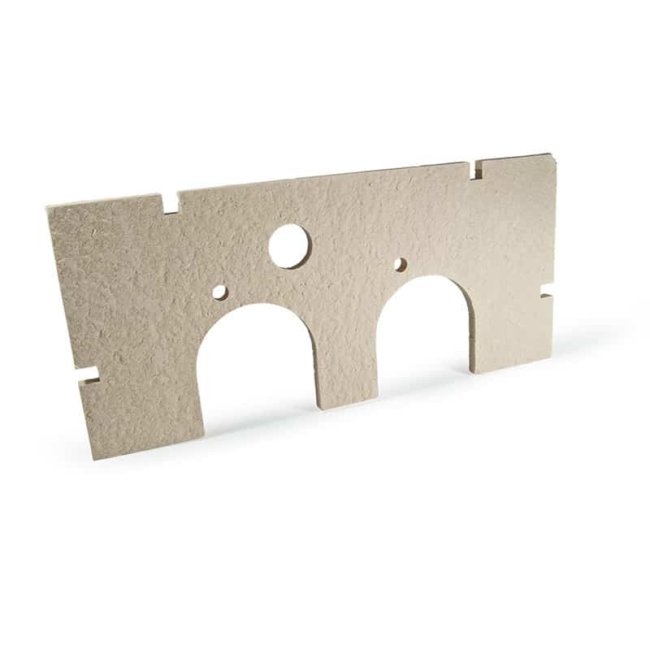
Millboard Pads
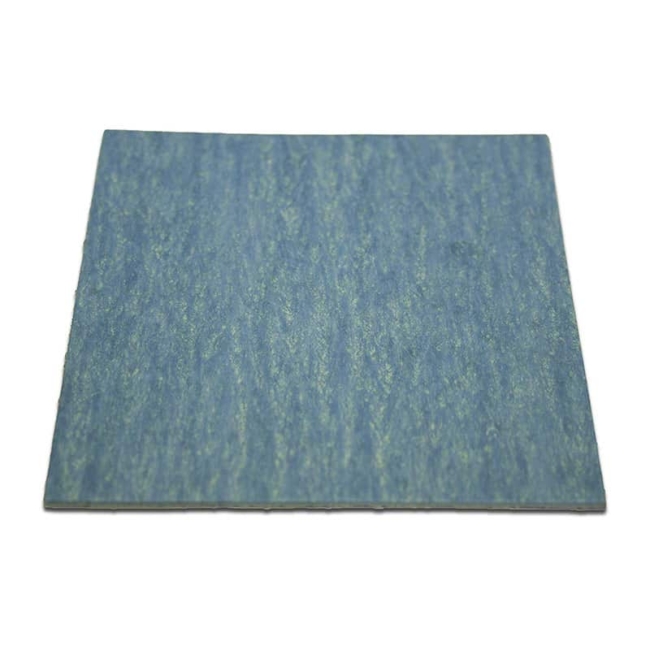
Non-Asbestos Fibre Pads
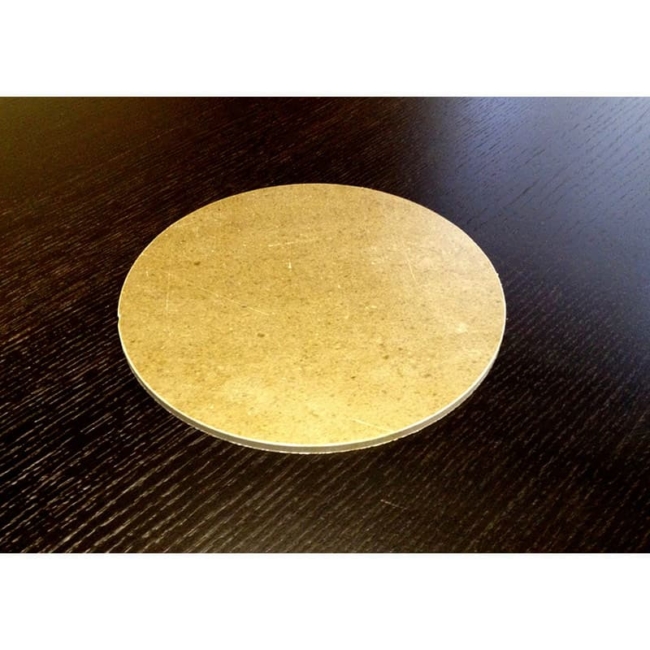
Presspahn Pads
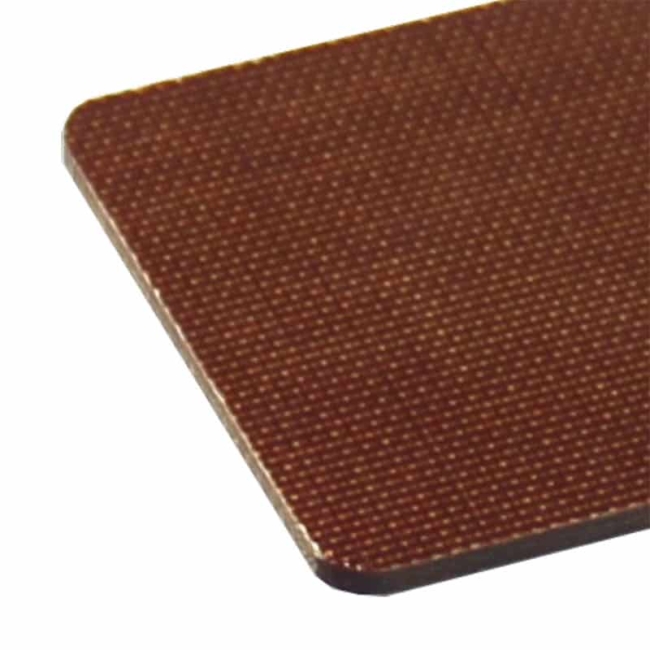
SRBF Pads
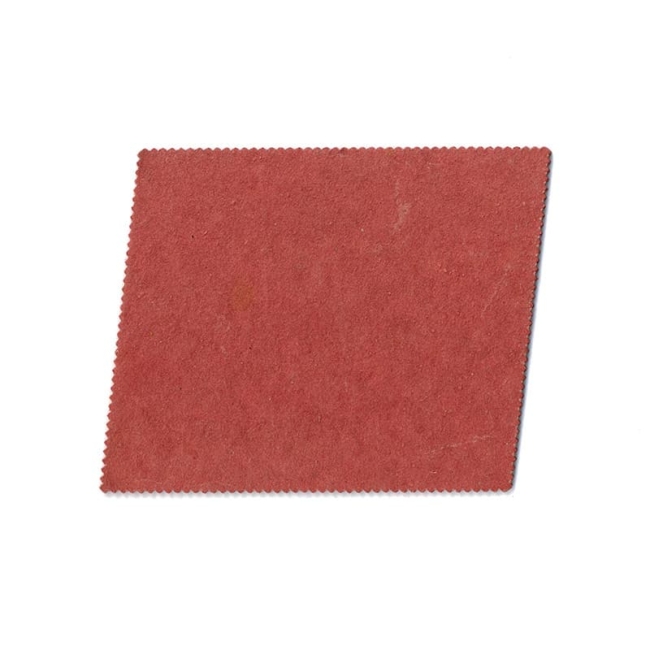
SRBP Pads
Fibre Jointing Pads
ASG offers a wide range of non-metallic pads, thanks to a broad network of suppliers and material manufacturers, some of which are needed for specific applications. One such range of products on offer from our vast catalogue are fibre jointing pads. Our pads are produced on-site using drawings or measurements provided by our customers, with whom we work closely to ensure the final product is to their exact specification. Regardless of the size and quantity of pads required, one of many presses, bandsaws or CNC machines can be used to manufacture the final product, from one-off samples to multiple batches runs. Depending upon the size of fibre jointing pad required, they can be supplied as loosely cut parts, or kiss-cut on rolls where a high quantity is required or for use on fast-paced assembly lines.
What is a Fibre Pad?
Most people will instantly choose sponge or rubber when looking for a compressible material for sealing and gasketing applications, however in many cases, a ‘fibre’ based material could also be an option. Fibre jointing gasket material is made of fibre strands held together with a resin, different fibres can be used to determine the gaskets compressibility, temperature range and strength. Our pads can be produced as squares or rectangles with the option of radius corners, and also as circular or oval-shaped pads or ‘discs’, in a range of thicknesses. Manufacturing pads in-house even means we can supply them in a plain or self-adhesive backed finish and even laminate multiple types of material together to create bespoke and unique variations.
Why use Fibre Jointing Pads?
With a raised awareness of environmental and safety issues, using the right types of seals has become crucial for many industries to ensure harmful chemicals and emissions are kept contained. Fibre jointing materials are manufactured in a variety of types, using different fibre and binder compositions in order to meet an array of temperature, compression, insulating and chemical resistance properties. Fibre jointing pads generally have excellent resistance to chemicals and oils together with a high-temperature range and tensile strength, making them suitable for many industries.
Grades
When choosing ASG for your pads, you are sure to be offered a number of material options, thanks to our network of material manufacturers and suppliers, including various types of fibre jointing gasket grades – our most popular include:
Betaflex is a cellulose-based fibre material, which is made using a nitrile binder giving it excellent tensile strength, low compressibility, good elastic recovery and erosion resistance. Betaflex pads are used widely in the industrial and automotive sectors due to their resistance to oils. petrol, diesel and even antifreeze.
Ceramic Fibre material is constructed using ceramic fibres and an organic binder, designed for extreme temperature applications reaching up to 1250℃. Ceramic fibre pads have excellent strength and flexibility, excellent insulating properties and thermal resistance.
Gasket Paper pads have a high resistance to petrol, oil and water, therefore often utilised within automotive applications (within fuel/oil pumps and filters). It is not recommended for industrial use due to its lack of resistance to chemicals and heat.
Graphite foil is available in a number of grades and is an excellent sealing material suitable for high temperature and high-pressure liquid, steam, gas and chemical transfers. Graphite foil pads can be used where there is exposure to oil, petrol and gas – even nuclear or power generation applications.
Millboard is made using a material composed of ceramic fibres, clay, inert fillers and binders. Although these pads can not be used with direct flame, they can handle temperatures of up to 1037℃.
Non-asbestos fibre – Non-asbestos fibre has been designed to not only replace the original ‘Asbestos’ material but also to be a more superior product with countless desirable properties as the material is manufactured in various formulations, each giving a combination of properties suited for different applications. Non-asbestos fibre can be blended with nitrile, thus giving fuel and oil resistance properties, with EPDM to create a potable water safe product or with PTFE for chemical resistance, they can also be supplied with a graphite coating to give steam and non-stick resistance properties.
Presspahn is manufactured using kraft wood pulp, giving its distinctive ‘buff brown’ colour. Presspahn pads have excellent physical and mechanical properties, generally used as electrical insulation.
Vulcanised fibre material is laminated plastic composed of only cellulose, with great mechanical strength and conformability. Vulcanised fibre gaskets can work in temperatures up to 110 ℃ anything more will result in the material fibres burning or breaking down.
Benefits of Using Fibre Jointing Pads
Advanced Seals & Gaskets Ltd offer fibre jointing pads in a range of materials, each type is formulated to provide insulation within certain applications and suitable for various levels of protection required. Properties offered by fibre jointing materials can include good mechanical strength, good chemical, electrical and radiation resistance, low moisture absorption and heat resistance. Some of the materials listed above are available in variants that can offer additional properties such as flame retardancy and higher chemical or temperature resistance for use in the most extreme environments.





















